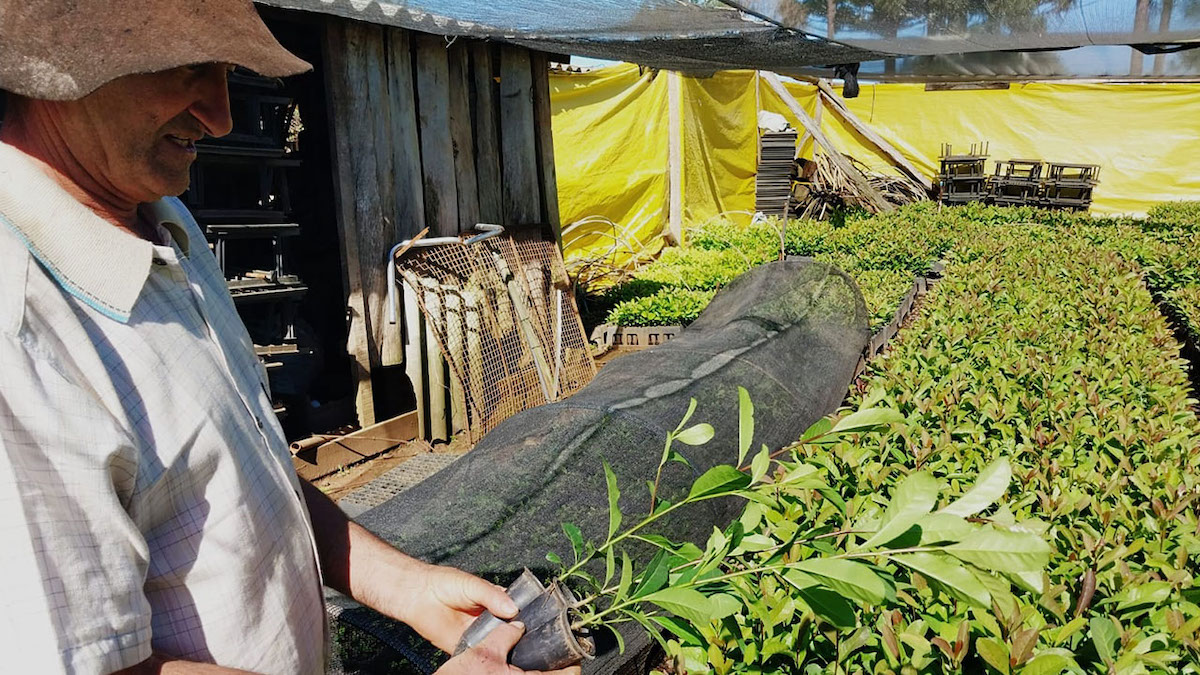Yerba mate is a popular beverage consumed across southern Brazil, Argentina, Paraguay and Uruguay. In Brazil, it is one of the cultivated forest plant species not used for timber, and an important source of income for family farms. Through the effectiveness of its leaves, trunk and root system, it also holds potential for carbon capture, making it a crop that could help mitigate climate change. Furthermore, as a native species, its cultivation can contribute to conservation of biodiversity in the Atlantic Forest.
Embrapa Florestas (a public agricultural research company) and Solidaridad carried out a recent study within the framework of the Aliados pelo Campo project. The initiative supports family farmers and offers incentives to overcome low productivity in small-scale yerba mate cultivation. Leão Foods and Beverages together with Coca-Cola Brazil, who source from these producers, have financed the initiative.
Low-carbon yerba mate is based on a regenerative production model that enables the adoption of best practices and increases profitability. Incorporating a climate agenda doesn’t necessarily preclude socioeconomic development of the farms.
Gabriel Dedini, Coffee and Yerba Mate Programme Manager, Solidaridad in Brazil
The purpose of the research was to study the potential for yerba mate to reduce the emission of greenhouse gasses and its economic viability as a contributor to a living income. Researchers selected farms in the municipalities of Cruz Machado and Biturana, in the state of Paraná, in southern Brazil, and compared two different production systems: full sun and shade-grown.
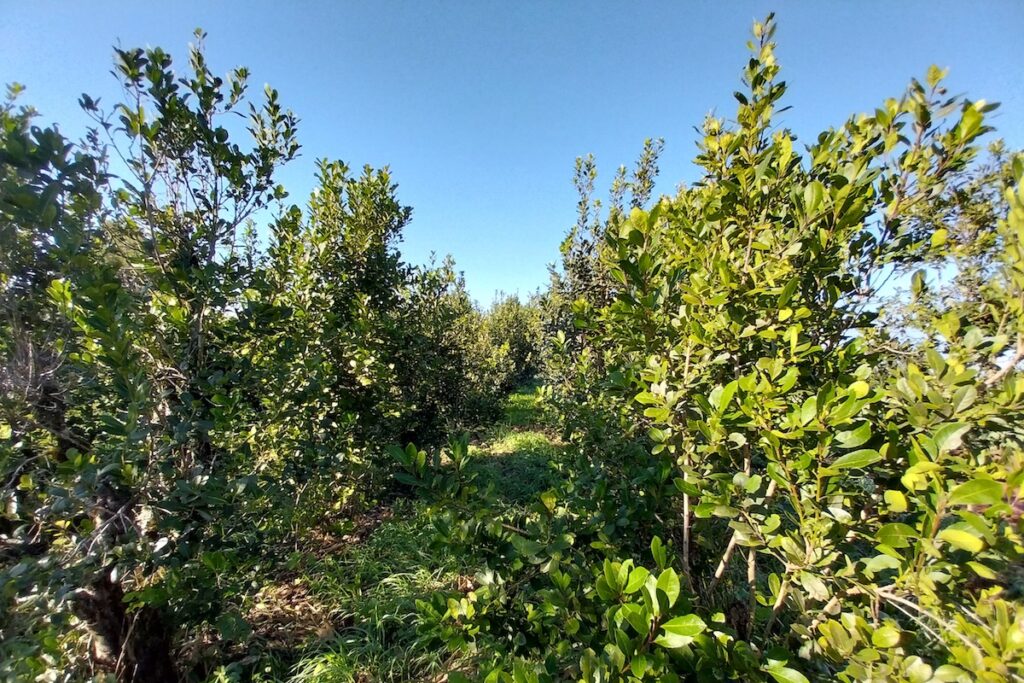
To measure the balance between sequestration and greenhouse gas emissions in the two different yerba mate management scenarios, Embrapa Florestas and Solidaridad developed a carbon calculator called Carbon Matte. The analysis took into account a number of variables that affect carbon capture and emissions, including: the density and age of the trees, the level of shade, the interval between harvests and the spacing between plants.
Systems with a high level of shading using other tree species presented the highest level of carbon capture. Greater density, good fertilization and not over-pruning are management practices that can help improve productivity in shaded systems. Even in the case of full sun systems, the use of genetic material with high productive potential, combined with biological inputs and maintaining between 20 percent and 30 percent of the tree canopy at the time of harvest are among the practices that favor the accumulation of carbon.
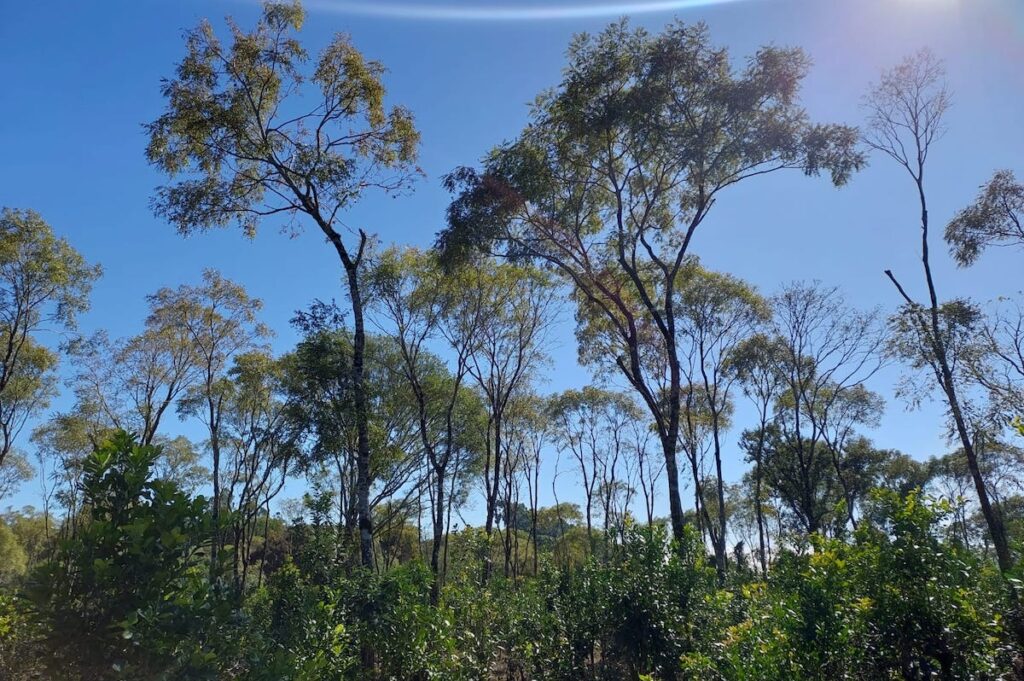
Cultivating mate in full sun with higher plant density had the highest profitability. However, this profit comes at the expense of a significant reduction in the carbon stock, and highlights the need to develop practical policies, including additional compensation, to encourage yerba mate production using shaded cultivation techniques to capture higher levels of carbon.
“With this study, we want to promote more informed decision-making, based on the economic performance and sustainability derived from crop management. In fact, research shows that with better practices it is possible to increase the capture and stock of carbon in the soil, which results in more resilient crops, with greater productive capacity and, therefore, better economic indicators,” says Gabriel Dedini, Solidaridad’s Coffee and Yerba Mate Programme Manager in Brazil.
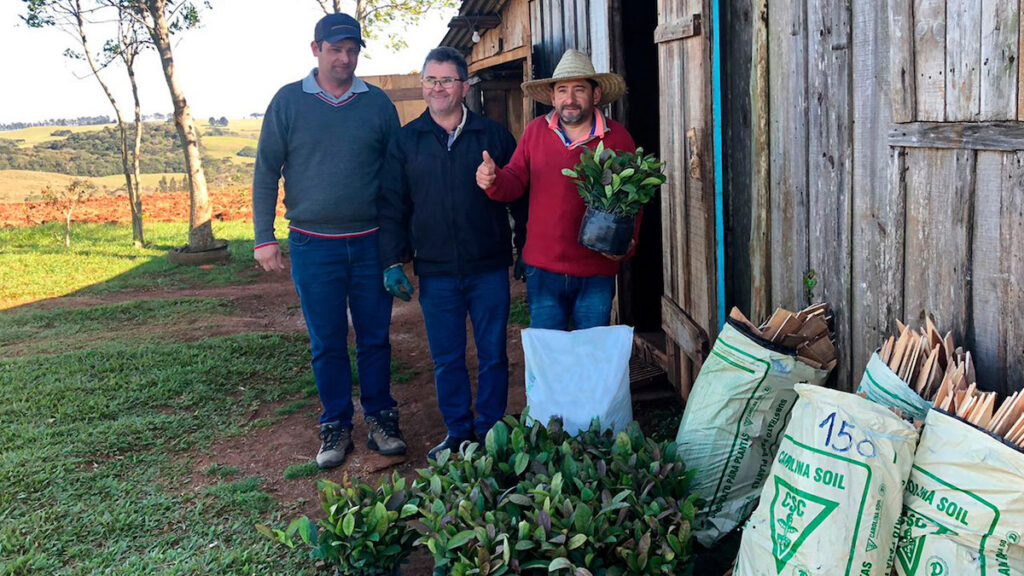
When planning yerba mate plots, the study also recommends coordinating with technical assistance professionals to establish a strategy, schedule field visits, soil analysis, and detailing the agricultural practices to be adopted along with associated costs.
About Solidaridad’s yerba mate program
Since 2019, Solidaridad has carried out its yerba mate programme in southern Brazil. The programme combines research, technical assistance and rural extension services to promote sustainable practices that increase productivity and efficiently sequester greenhouse gasses, reinforcing the potential of yerba mate to mitigate climate change.
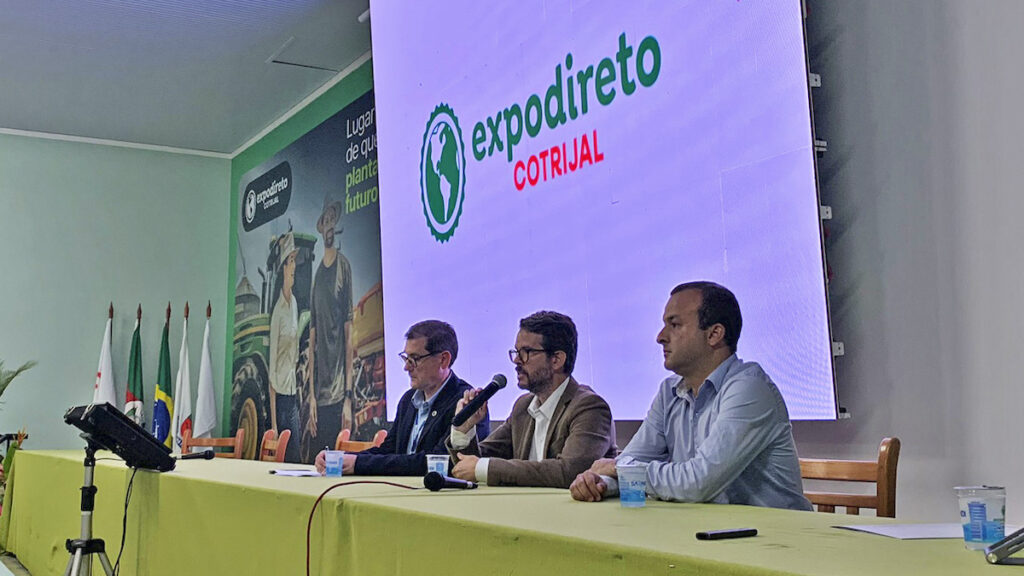
In the past four years, the programme has provided support to 150 families, while impacting almost a thousand hectares of yerba mate cultivation, 230 of which was planted by the programme with the contribution of 300 thousand seedlings. Additionally, the programme has achieved an average productivity rate of 3.5 metric tonnes per hectare.
Overall, the programme study points out the many benefits of yerba mate cultivation. The increasing use of agroforestry in areas planted with yerba mate has helped to restore previously deforested areas on farms, and reconnected pockets of Brazil’s Atlantic Forest. Additionally, farmers who use the Carbon Matte calculator and collaborate with technical specialists are able to achieve economic gains, while protecting the biodiversity of both Brazil and the planet.

